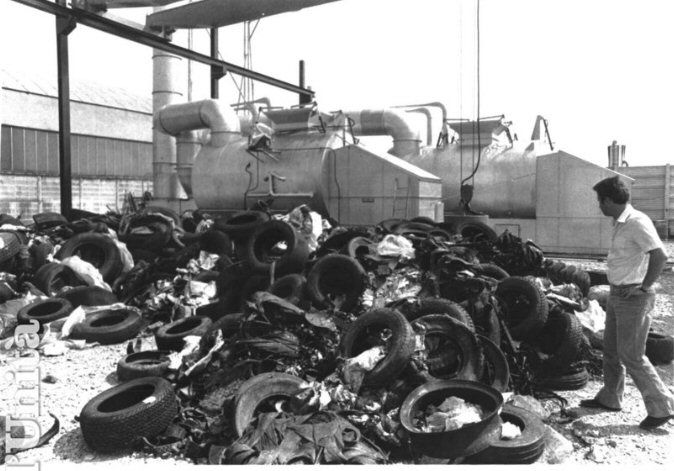
Nov. 24, 2015 – By Steven B. Krivit –
One more Japanese auto company, Nissan, is researching low-energy nuclear reactions (LENRs), New Energy Times has learned.
The information comes from an e-mail sent today by LENR researcher Akito Takahashi to other LENR researchers. Takahashi is a former professor at Osaka University and is affiliated with Technova, a member of the Toyota Motor Corp. family of businesses.
Takahashi’s e-mail confirms that the Japanese government’s initiative to fund LENR research — for the first time in two decades — has moved forward. The LENR research is sponsored through the New Energy and Industrial Technology Development Organization (NEDO), a national research and development agency. New Energy Times first reported the NEDO story on Aug. 24, 2015.
“The nano-metal hydrogen energy project (NEDO-MHE),” Takahashi wrote, “has been adopted, conditionally, by NEDO for one of leading projects of eco-energy innovation. The NEDO-MHE project started on Oct. 26, 2015, officially.
“The joint research team (Nano-METS) comprises six institutions: two companies, Technova and Nissan; and four universities, Tohoku, Kyushu, Nagoya and Kobe.”
The experimental program will involve four areas, according to Takahashi: a) development of a new calorimetry system at Tohoku University with the assistance of Technova; b) joint experiments to analyze for excess heat using nano-metal composite samples with gas-loading experiments at Kobe University and other laboratories; c) materials science research at Nagoya University and Kyushu University; and d) evaluation and survey studies by Technova and Nissan.
Takahashi is the chairman of the group. Other members are Yasuhiro Iwamura (vice chairman), Jirohta Kasagi (Tohoku University), Koh Takahashi (Technova), Masanori Nakamura (Nissan), Masahiro Kishida (Kyushu University), Tatsumi Hioki (Nagoya University), Akira Kitamura (Technova and Kobe University), and other researchers.
Half a dozen Japanese universities have been active in LENR research in the past decade. Japanese industries conducting LENR research include Mitsubishi Heavy Industries and Toyota.
LENRs are a diverse set of new scientific phenomena that suggest a strong potential for a new source of clean energy. New Energy Times is not aware of any active LENR projects in any large industrial laboratory in the U.S. The only experimental LENR research in U.S. universities takes place at the University of Illinois, led by George Miley, a retired professor, and at the University of Missouri, led by Graham K. Hubler.
LENRs originated from what was once thought by some researchers to be “cold fusion.” The stigma of bad science still clings to the field in the U.S.
______________________________________________________________
Questions? Comments? Submit a Letter to the Editor.







